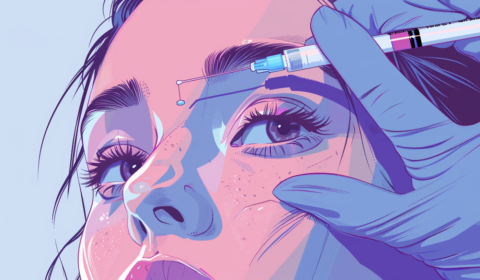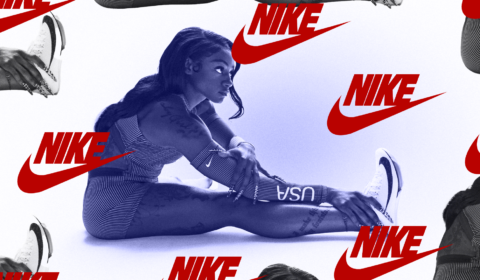With nostalgia trends all the rage, nineties fashion has made a comeback. However, recent headlines touting thin as being ‘in’ again imply that so too has its toxic counterpart: the glorification of skinniness and the unhealthy behaviours necessary to achieve it.
Although the popularisation of heroin chic occurred long before I was old enough to have it shoved in my face by clothing campaigns and the media, its damaging impact on beauty standards has been tangible for as long as I can remember.
From witnessing loved ones adopt unhealthy behaviours to achieve the waifish, emaciated look inspired by Gia Carangi and made famous by Kate Moss, to experiencing deep-rooted appearance-related anxieties of my own, this culture of skinny-worship was able to stand its ground for most of my adolescent life.
Fortunately, a combination of the body positivity movement and increased compassion towards drug addiction (which the aesthetic is largely reflective of), has marked a profound shift away from the promotion of such harmful ideals.
And today, you’d be hard-pressed to find this kind of insensitive marketing without a corresponding torrent of backlash highlighting its absurdity.
ppl wonder why I so often call out fatphobia, but this is why! unchecked fatphobia has consequences!
last time “heroine chic” was in, it resulted in countless young girls/ppl developing e@ting d¡sorders.
bodies types are not trends and definitely should not be treated as such https://t.co/1Pyd1hoaLF
— ♀️ (@fatfabfeminist) November 5, 2022
However, alongside nineties fashion’s vehement comeback, heroin chic has somehow managed to sneak its way into mainstream vernacular once more, blatantly ignoring decades of efforts to protect the self-image of impressionable young people by leaving it in the past.
I learned this recently when I came across a New York Post article touting thin as being ‘in’ again, a disturbing claim made on the laughable basis that ‘even the famously bootylicious Kardashians seem to be turning away from curvy physiques.’
While online rhetoric has so far proved that few will accept the resurgence of this uniquely irrational form of fatphobia, the prevailing tendency of social media users to revere diet-obsessed creators and praise celebrities for rapid weight loss shows that beauty standards are still very much a part of the zeitgeist in 2022.
Who’s to say, therefore, that problematic headlines like the Post’s won’t have lasting effects on how we perceive ourselves and others?
https://twitter.com/jamievaron/status/1589318578444308481?ref_src=twsrc%5Etfw%7Ctwcamp%5Etweetembed%7Ctwterm%5E1589318578444308481%7Ctwgr%5E99f2cc00456970874aede2772233e51d0fe7659c%7Ctwcon%5Es1_&ref_url=https%3A%2F%2Fwww.glamour.com%2Fstory%2Fbody-type-trend
Not to mention that it belittles the tireless work of activists who have repeatedly explained the explicit dangers to us.
‘No, we tried this before in the 90s and millions of people developed eating disorders,’ wrote Jameela Jamil in dissent.




















